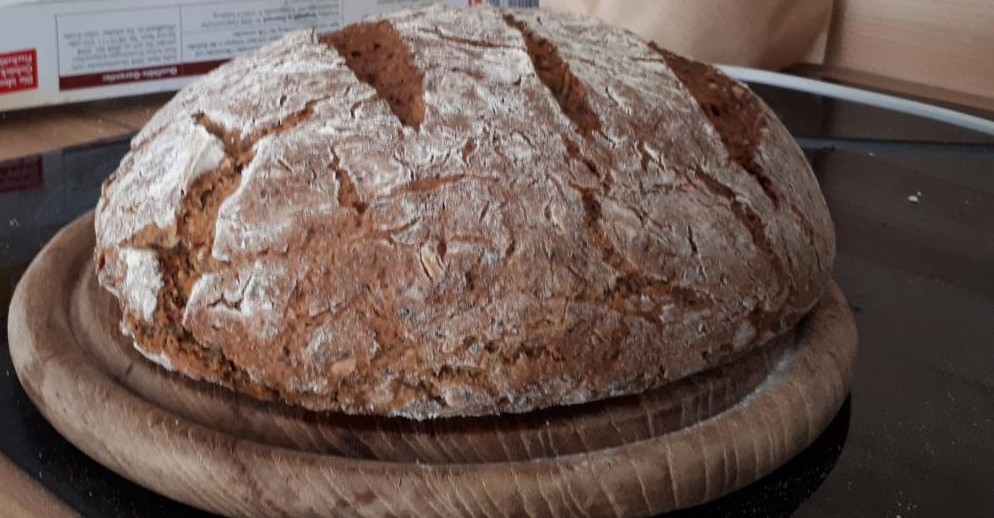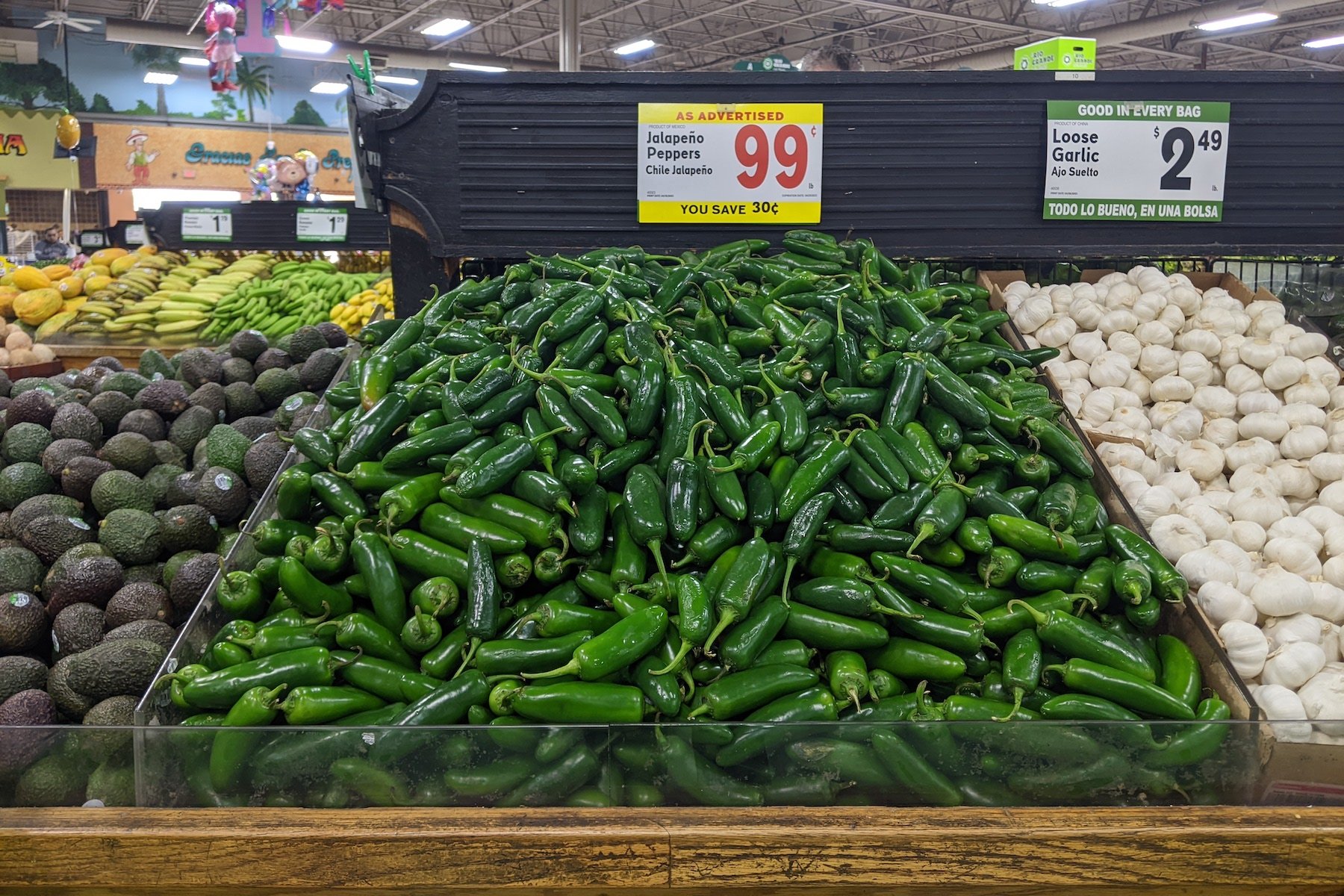- cross-posted to:
- food
- cooking@mander.xyz
Just the most relevant bits:
According to The Mexican Chile Pepper Cookbook by Dave DeWitt and José Marmolejo, 60 percent of jalapeños are sent to processing plants, 20 percent are smoke-dried into chipotles, and just 20 percent are sold fresh. Since big processors are the peppers’ main consumers, big processors get more sway over what the peppers taste like.
The salsa industry, Walker said, starts with a mild crop of peppers, then simply adds the heat extract necessary to reach medium and hot levels. She would know; she started her career working for a processed-food conglomerate.
“I’ve worked in peppers in my entire life,” she told me. “Jalapeños were originally prized as being a hot pepper grown in the field. When we were making hot sauce in my previous job, we had the same problem, that you couldn’t predict the heat. When you’re doing a huge run of salsa for shipment, and you want a hot label, medium label, mild label, it’s really important to predict what kind of heat you’ll get. We tried a statistical design from the fields, and it just didn’t work, because mother nature throws stressful events at you or, sometimes, does not bring stress.”



To get really hot peppers you need to stress the plant. It drops the yield but ups the heat alot. I experiment with my peppers every year growing them in different pots so I can care for them differently. Rich soil will decrease the heat so plant them in something sandier with out compost and only fertilize when the plant is still growing but before it puts on fruit. Pruning off the fruit can also help the other peppers increase in spiciness. You can get super scientific about growing the perfect pepper but those are just the easy things I do.